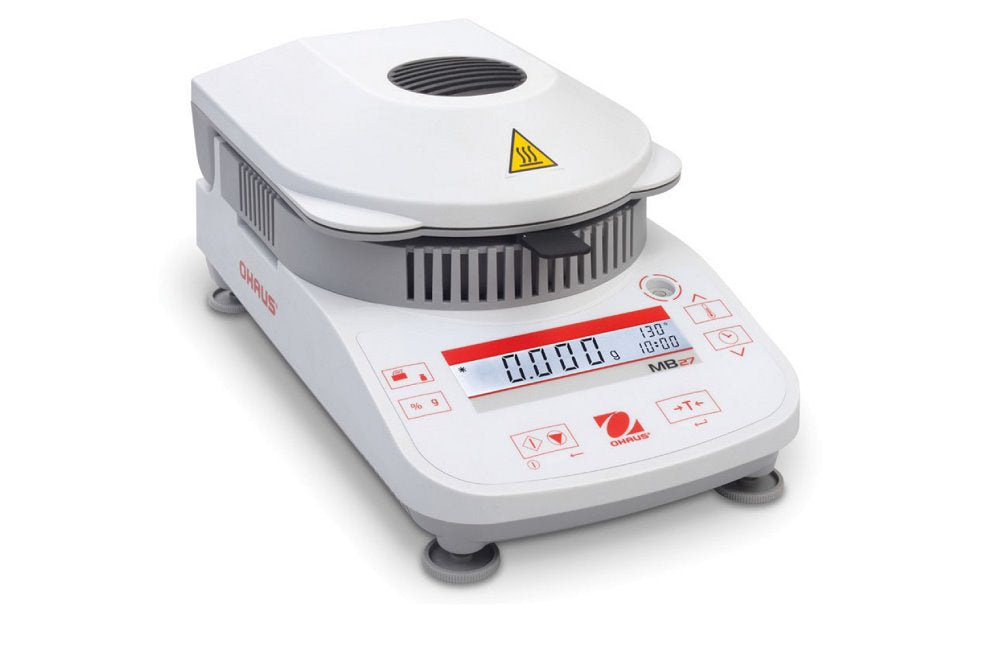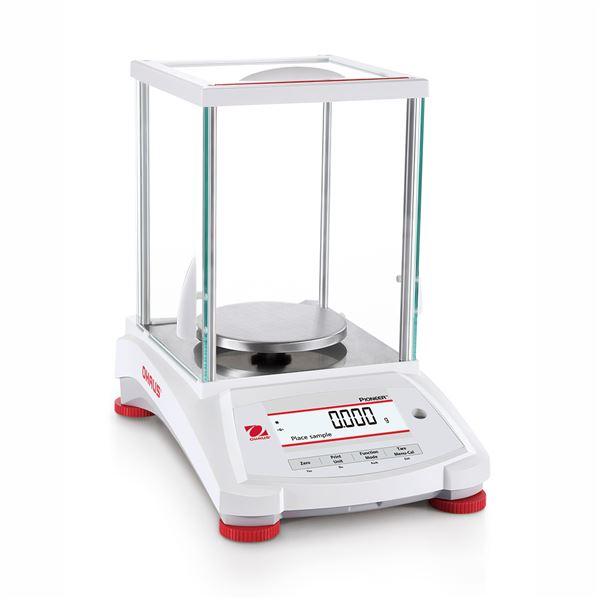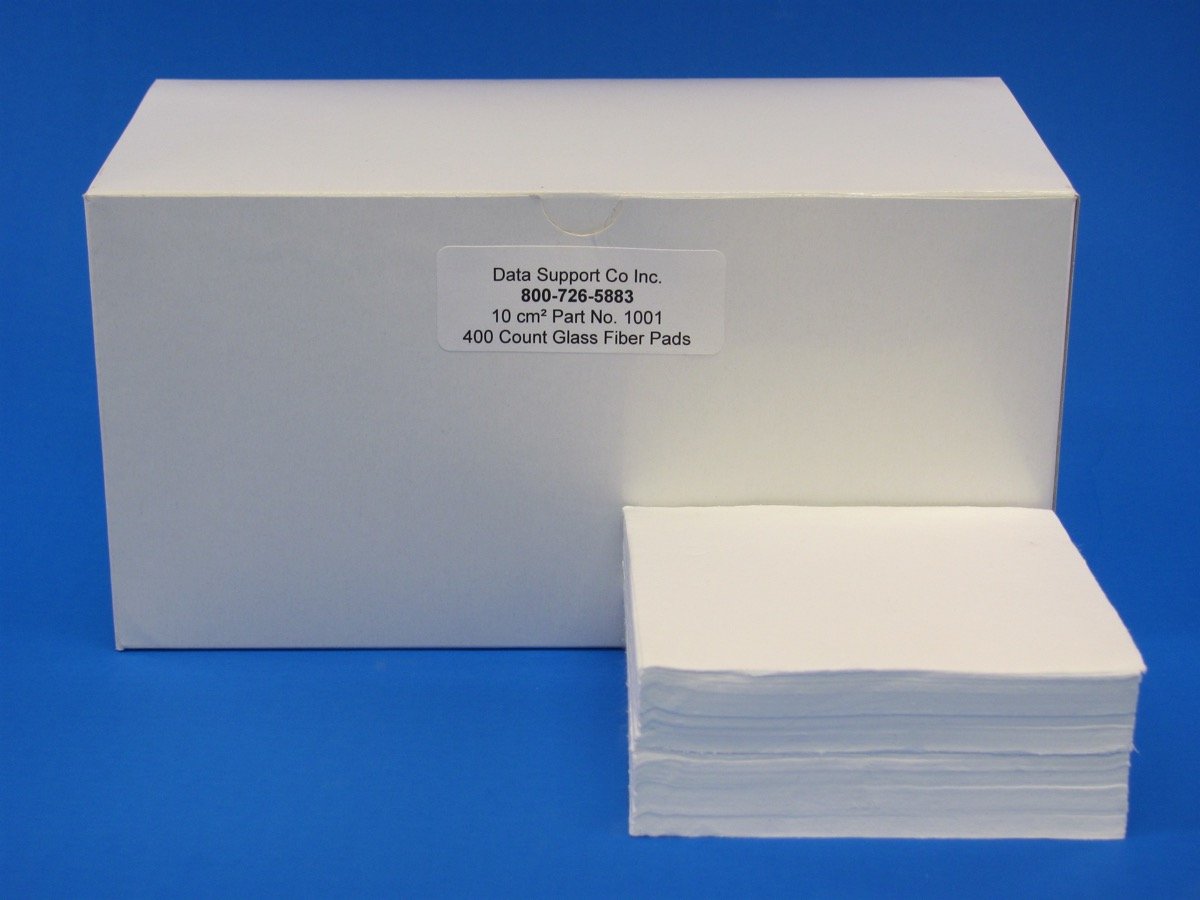Knowing how to read weight on a scale is essential for getting accurate measurements. Whether you’re checking your body weight, measuring cooking ingredients, or weighing objects, this guide covers the steps to read different types of scales and avoid common mistakes for reliable readings every time.
Key Takeaways
-
Different types of scales—digital, balance beam, and dial—offer unique features suited for various applications, emphasizing the importance of selecting the right scale for accurate measurements.
-
Key steps for accurately reading scales include proper preparation, maintaining balance and stability during measurements, and utilizing the tare function for precise ingredient weighing.
-
Regular calibration and consistent usage practices, such as weighing at the same time daily, are crucial for maintaining scale accuracy and tracking weight changes effectively.
Understanding Different Types of Scales
Dial scales, with their rotating dials, offer a more traditional approach to weight measurement, providing clear visual readings. Selecting the appropriate scale ensures consistent and accurate measurements.

Digital Scale
Digital scales are popular due to their ease of use and versatility. They typically come with large, backlit digital display that enhance visibility and the ability to switch between various measurement units like pounds, ounces, grams, kilograms, and metric measurements. This makes them ideal for multiple applications, including weight-loss management, precise cooking measurements, and portion control.
Digital kitchen scales are ideal for achieving precise measurements, which is essential for consistent baking and cooking results. Most digital scales measure in 0.2-pound increments, ensuring a fine level of accuracy. The scale's platform plays a crucial role in this accuracy, especially with the tare button feature that allows users to zero out the weight of a container before weighing its contents.
Balance Beam Scale
Balance beam scales, often found in doctor’s offices, are valued for their precision. These scales consist of a platform, a vertical metal beam, and a horizontal balance scale with sliding weights. The large and small sliding weights allow for fine adjustments, making it possible to achieve highly accurate measurements.
Manually adjusting these weights until the beam balances is why they are often used for calculating body mass index (BMI) and other health metrics.
Dial Scale
Dial scales provide a traditional approach to weight measurement. They provide readings through a rotating dial, where a needle points to the corresponding weight on a large, circular display. This design makes it easy to read the weight scale at a glance, thanks to the clear and large visual representation.
While they may not offer the digital precision of their electronic counterparts, dial scales are still favored for their simplicity and reliability.
Steps to Read a Digital Scale
The tare function is particularly useful in cooking, allowing you to zero out the weight of containers before adding ingredients.

Preparing the Scale
To ensure accurate readings, place your digital scale on a stable, flat surface like a hard floor. Before weighing anything, make sure the scale reads 0.0; if it doesn’t, reset it to zero.
Regularly resetting the scale and checking the batteries can prevent inaccuracies caused by debris or low power.
Taking the Measurement
When taking a measurement, stand with your feet flat and evenly distributed on the scale’s platform. Remain still for several seconds until the numbers stabilize, ensuring an accurate reading.
If you’re measuring an object, place it in the center of the scale's platform and wait for the display to settle before recording the weight.
Using Tare Function
The tare function on digital scale is incredibly useful, especially in the kitchen. It allows you to zero out the weight of a container so you can measure only the contents. This function is essential for accurate measurements of ingredients, making it easier to follow recipes precisely and manage portion control. The tare button feature is particularly beneficial when items cannot rest directly on the scale's platform, allowing users to zero out the weight of a container before weighing its contents.
Steps to Read a Balance Beam Scale
Following these steps carefully ensures the most accurately measure measurement possible.

Estimating Initial Weight
Start by positioning the larger sliding weight on the balance beam to get an initial estimate of your weight. Move this weight along the beam until the indicator shows a preliminary reading. This provides a rough estimate and prepares for finer adjustments.
Fine-Tuning the Measurement
Then, adjust the small sliding weight to fine-tune the measurement. Carefully move this weight until the balance beam is perfectly horizontal.
Even minor deviations can impact the final reading, making this adjustment essential for accuracy.
Reading and Recording the Weight
Once the beam is balanced, read and record the weight by summing the values indicated by both the large and small sliding weights. After taking the measurement, return both weights to the left and step off the scale.
This ensures the scale is ready for the next use and maintains its accuracy.
Tips for Accurate Weight Measurement

Consistent Timing
Weighing yourself at the same time each day helps track weight changes more accurately. The best time is often in the morning after using the restroom, as this minimizes daily fluctuations. Consistent timing is particularly important for those tracking weight loss, as it provides a clearer picture of progress.
Proper Positioning
Maintaining proper positioning on the scale’s platform is vital for accurate readings. Stand with your feet evenly distributed on the scale's platform and remain still until the display stabilizes.
This ensures that your weight is measured accurately without any imbalance.
Calibration and Maintenance
Calibrate and maintain your scale regularly to ensure accurate measurements. Place the scale on a smooth, flat surface to avoid fluctuations in readings. The scale's platform plays a crucial role in maintaining accuracy, especially when using the tare button to zero out the weight of a container before weighing its contents.
Using the scale on carpets or uneven floors can result in unreliable measurements.
Common Mistakes to Avoid
Avoiding common mistakes significantly enhances the accuracy of weight measurements. Ensure the scale is placed on a hard, flat surface, step gently onto it, and regularly calibrate it to maintain precision.
Incorrect Placement
Placing the scale on an uneven or soft surface can lead to incorrect large weight readings, as the scale's platform needs to be stable for accurate measurements. Ensure your scale is on a hard, flat, and level surface for the most accurate measurements.
Regular calibration and maintenance also help keep the scale accurate over time.
Jumping on the Scale
Jumping or stepping forcefully onto the scale can damage its internal mechanisms and lead to inaccurate readings. Step gently onto the scale to avoid damage and maintain accuracy.
If the scale is damaged, it may require re-calibration to restore its precision.
Ignoring Calibration
Neglecting regular calibration can cause significant inaccuracies over time. Regularly calibrating your scale ensures it remains accurate and reliable for all your weight measurements.
Special Considerations for Different Uses

Cooking Ingredients
Digital kitchen scales ensure precise measurements, crucial in baking where accuracy affects the final outcome. Accurate ingredient measurements improve dish consistency and reduce food waste.
Some scales store tare weights for repeated use, enhancing efficiency. Understanding basic rudimentary math, such as knowing there are 16 ounces in a pound, can help in converting measurements accurately.
Tracking Weight Loss
For those tracking weight loss, using a digital scale consistently at the same time each day is essential. Morning weigh-ins after using the restroom yield more consistent results.
Many digital scales also offer features like nutritional analysis and portion control, aiding in mindful eating and accurate calorie counting.
Measuring Objects
Digital scales are not just for measuring food or body weight; they can also accurately weigh various non-food items. This versatility makes them invaluable in settings where precise measurements are crucial, such as in scientific experiments or when shipping packages.
Calibrating the scale and placing it on a stable surface is key to obtaining accurate readings.
Summary
Accurate weight measurement is essential whether you are monitoring your health, cooking, or measuring objects. Understanding the different types of scales—digital, balance beam, and dial—helps you choose the right tool for your needs. Digital scales are versatile and user-friendly, while balance beam scales offer high precision and are commonly used in medical settings. Dial scales provide a traditional and straightforward approach to weight measurement.
By following the detailed steps for using digital and balance beam scales, and adhering to tips for maintaining accuracy, you can ensure reliable measurements every time. Avoid common mistakes like incorrect placement and ignoring calibration to keep your scale functioning correctly. Whether you’re tracking weight loss, cooking, or measuring objects, using the right scale and method will yield the most accurate results. Armed with this knowledge, you can confidently achieve precise weight measurements in all your endeavors.
Frequently Asked Questions
How do I ensure my digital scale is accurate?
To ensure your digital scale is accurate, place it on a stable, flat surface, reset it to zero before each use, and regularly calibrate it. This practice will help maintain precise measurements.
What’s the best time of day to weigh myself for consistent results?
The best time to weigh yourself for consistent results is in the morning after using the restroom. This routine helps account for daily variations and provides a more accurate assessment of your weight.
How do I use the tare function on a kitchen scale?
To use the tare function on a kitchen scale, simply place the empty container on the scale and press the tare button to reset the weight to zero. You can then add your ingredients for precise measurements.
Why are my weight measurements inconsistent?
Inconsistent weight measurements often arise from using an uneven surface for your scale, moving while weighing yourself, or not calibrating the scale regularly. Ensuring a stable, flat surface and standing still during each measurement can help achieve accuracy.
Can I use my digital scale for non-food items?
Yes, digital scales can be effectively used to weigh non-food items, providing accurate measurements for a variety of applications.





